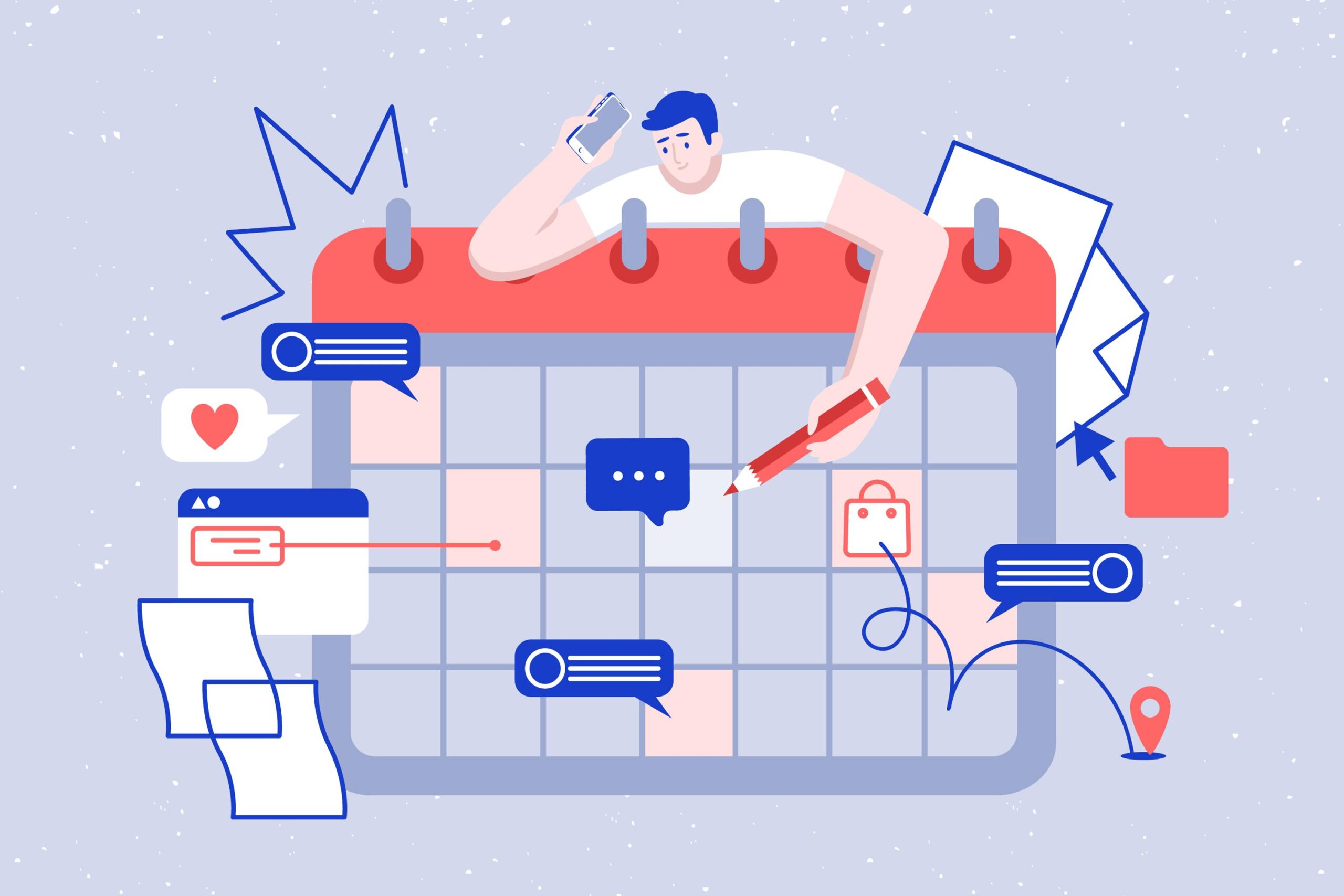Last week, I hit a wall so intense I had to stop and rest.
Here’s the quick backstory.
This spring, I started swimming to get in shape for sea kayaking (fun, right?!). My goal was to feel more confident under water so I could learn to roll a kayak, which I did. Along the way, I discovered I love swimming. So much so that I set a new goal: qualify for a swim meet and compete. With this new goal, I went into training overdrive, and it caught up with me last week. You see, I thought that if I maxed out my training effort, I would get faster quicker. I was wrong. I ended up with an over-use injury. While trying to get to the max, I actually got to the sideline. So, when this article on boosting performance with less effort hit my inbox mid-week, it stopped me in my tracks.
I’ve talked about burnout before, and this article invites a shift in mindset that I believe could be invaluable for leaders committed to high performance and team resiliency. In a nutshell, the idea that maximum effort yields maximum output is false. Counterintuitively, to reach maximum output, you have to REFRAIN from giving maximum effort.
“We can’t fix burnout culture with a wellness app.”

Build in breaks
McKewon’s article is chockful of promising practices. I encourage you to read it all the way through and discover what resonates with you. In the meantime, I want to focus on one notion in particular I think could be helpful for leaders and their teams alike:
Single-minded thought: Take short breaks between meetings
They help cool the brain. And a cool brain thinks better. Here’s what McKewon says and why I think it is so important for leaders to heed.
Many employees still find themselves caught in a repetitive cycle of “Zoom, eat, sleep, repeat,” a pattern that became all too familiar during the pandemic. Undoubtedly, video meetings have become more prevalent than ever before. It is well-established that video conferences can fatigue the mind and body faster than in-person meetings or simple phone calls.
Research conducted by Microsoft’s Human Factors Lab has shed light on the different cognitive processes at play when we incorporate 10-minute breaks between meetings. These short intermissions serve as a crucial buffer against the accumulation of stress, as opposed to the draining effects of consecutive back-to-back meetings, which diminish individuals’ ability to concentrate and actively participate.
The article cites a study with 14 participants who engaged in video meetings while wearing electroencephalogram (EEG) equipment to monitor their brain activity. Each participant experienced two distinct types of meeting sessions. On one day, they participated in four consecutive meetings without any breaks in between, while on another day, they enjoyed the benefit of 10-minute breaks interspersed between meetings. The images that you can see in the full article demonstrate that of the “hot brain” versus the “cool brain” and showed clear differences in beta wave activity, indicating a build-up of stress over time.
By applying the findings from studies like the one conducted by Microsoft’s Human Factors Lab, leaders can create a work environment that promotes better mental health, higher engagement, and improved performance among their teams.
Shifting your mindset and embracing the idea that decreasing effort increases performance is a journey, not a destination. A good first step is to become the kind of manager who ends meetings 10 minutes early. This action helps your team members “cool their jets” so they’re fresh for the next meeting or decision. Your commitment to purposefully manage meetings so they bolster health, well-being, and resiliency will be well met whether with your board or staff team.
Let me know what you think of the article. And good luck creating a more “chill” environment!
Kimberley
PS: I’m excited to invite you to join me for a 90-minute Leader Fitness Workshop on October 17th hosted by our friends at the Colorado Nonprofit Association. Check it out. Hope to see you there!
